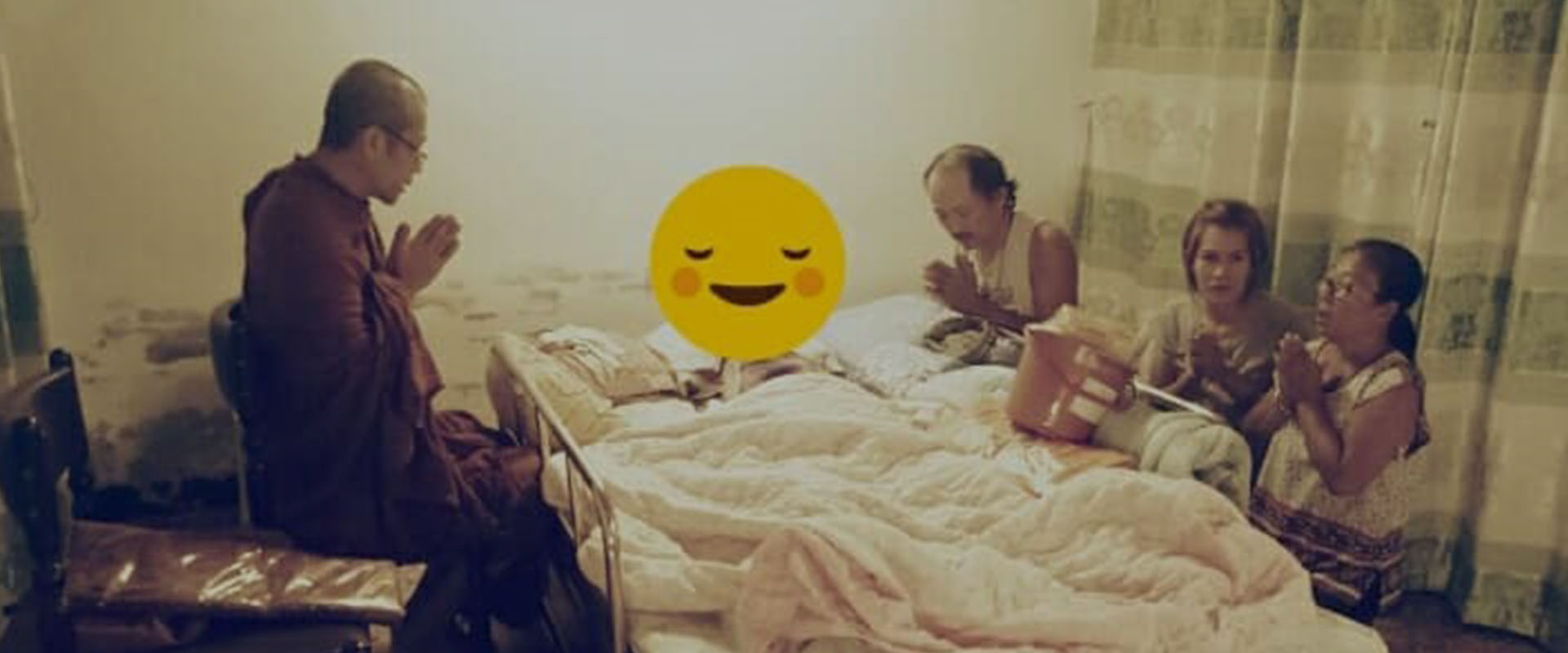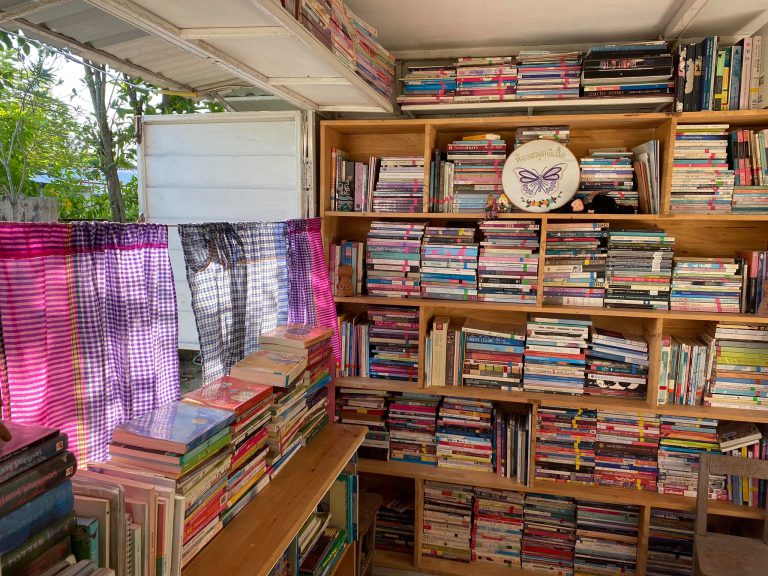Story: Patwajee Srisuwan
For Thai buddhists, to be visited by a monk is a blessing. In times of sickness and suffering, the presence of a monk can bring encouragement and spiritual comfort. Therefore, monks tend to be preferred figures of spiritual support, as they are able to bring relief for a suffering individual in an instantaneous and rather miraculous manner.
Nonetheless, there are a considerable number of examples where a monk’s visit has the opposite effect, and increases an individual’s suffering. For example, a monk may visit a patient on the invitation of their well-meaning relatives. After the visit, however, the patient’s condition worsens, for the patient is led to conclude that they must be near death. On another occasion, a nurse invites a monk to visit a patient who had attempted to commit suicide by drinking insecticide. The monk reprimanded the patient, telling them that “to commit suicide is a sin that will condemn one to hell for 500 lifetimes”. The encounter left the patient in a state of great agitation and fear.
Therefore, monks that visit patients who are grievously or terminally ill must have an profound understanding of the manifestation and nature of sickness and be equipped with the skills to effectively support and bring composure to patients and their relatives.
This article will illustrate the limitations of the application of buddhist doctrines and principles on death when monks visit patients and their relatives. Through the experiences of Phra Kru Vijaithamkovit, or as he is also known, Phra Aekkhun Thammavijo, of Wat Pa Putthamongkol, Kalasin district, it will also provide an example of a monk who assimilates the principles and methods of end-of-life care into a practice that truly “brings solace” to those who are suffering.
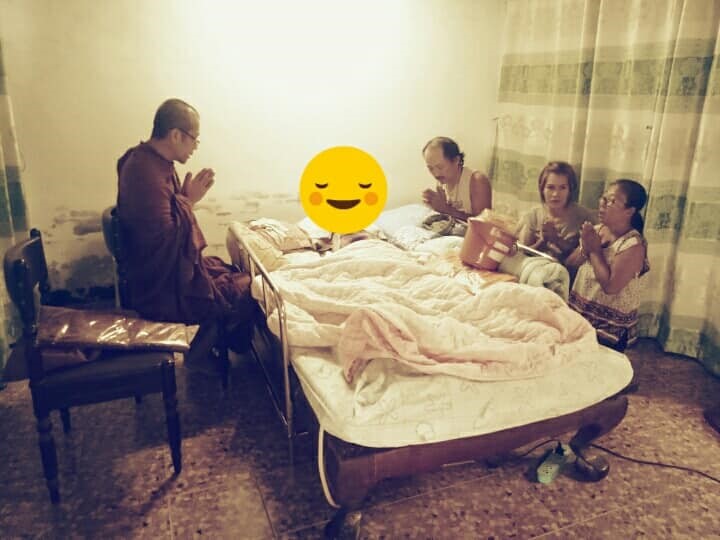
When Our Parents Fall Ill
Phra Aekkhun casts his mind back to an incident almost ten years ago, when he was in the 9th year of his ordination:
“When my father became paralysed, I was only concerned about his physical health, because I thought he would recover. His wasn’t a fatal condition. But things turned out differently than I’d expected, and my father ended up passing away from a brain aneurysm. I felt like I’d made a huge mistake. I didn’t have the courage to talk to my father while he was still alive and help him prepare his spirit for the end. I was afraid to talk about death. Like most people, I believed that to speak of death was inauspicious.”
While his father was ill, Phra Aekkhun had felt like he was taking care of his father to the best of his ability. He brought his father to the temple, and fed and cared for him on his own. Only after his father passed away did he realize that had only been caring for his father’s physical well-being, but had neglected something else no less important: that is, caring for his father’s spiritual well-being. This became the beginning of Phra Aekkhun’s research into end-of-life care through books and other media.
When his mother was diagnosed with cancer a few years later, Phra Aekkhun vowed to himself that he would not let his mother pass away without spiritual guidance, as had happened with his father.
“The doctors took care of her physical condition and I cared for her spiritually. I visited her daily, to talk to her and spend time with her. I read her Buddhist doctrines on pain and preparing for death. On holy days my mother would join me in making merit. We rehearsed what she wanted to remember in her last moments. My mother’s instruction for the funeral was that she wanted only two nights of prayers”.
“One day, my mother’s condition became critical. I wasn’t with her at the time, but I told my older sister to repeat “die, die, die” for her to hear, because that was what she and I had planned. The people gathered around her said that she passed away smiling. She looked as if she were smiling in her sleep. I felt proud that I’d been able to fulfil my duty as a son and ordained monk quite well.”
Clearly, even a monk who has been ordained for many years, who has recited the buddhist funeral prayers countless times, and understands the most difficult scriptures on death like the back of his hand, still encountered limits to his ability to put that knowledge to practice in an effective way. Even though he had been ordained for ten years, Phra Aekkhun still found himself scared to talk about death when faced with the death of people close to him such as his mother and father, and at times was not able to provide spiritual support very well at all.

“Practice” is as important as “Knowledge”
Phra Aekkun’s mother’s peaceful departure impressed upon him the importance and value of having the knowledge and skill to attend to patients’ spiritual well-being. He continued his research into end-of-life care and had the opportunity to attend a 3 day training course on palliative care and peacefully coming to terms with death that was part of the “Finding Happiness at the End of the Road” conference organised by the Kalasin Municipality and Mueang Nam Dam volunteer organisation. He was the only monk among the participants.
Switching from the traditional role of a monk in arranging funeral rites at the temple to volunteering at hospitals and homes to provide sick seniors with spiritual guidance produced tangible results. Some of the patients he visited were able to pass away peacefully, while others’ conditions improved.
Police Lieutenant Colonel Ying Sirivipa Laosrirak, head of the Kalasin Public Health Centre, talked about her grandmother, who is 90 years old and would have loved to keep making merit to the very last day of her life. However, she fell ill and became unable to walk, and could no longer make merit as before. A group of volunteers from the Finding Happiness at the End of Life organisation visited her when she was bedridden and in critical condition. Phra Aekkhun was one of them.
“The first few times the nurses visited my grandmother, they didn’t think she would live for much longer, because she was unresponsive and her body and tongue had gone cold. Before then, I’d advised my relatives to invite a monk to visit her, but they disagreed, saying that having a monk visit was like jinxing the patient. So this time, I told my relatives that a team of volunteers, and with them, a monk who understands and has been trained in spiritual care for patients, was coming and asked for their consent to let him visit my grandmother. If they agreed, I asked them to prepare offerings to give to him when he prayed for her. When he left, my grandmother and her children were very happy. Now, my grandmother is much better, and is able to respond when we talk to her, ” says Pol. Lt. Col. Sirivipa.
“If a monk isn’t trained in the proper procedure and skills,” explains Phra Aekkhun, “and if no one prepares the patient beforehand, it is often difficult to try and have a conversation about death with the patient. But if we don’t take the opportunity to talk about it then, what purpose does the visit serve? I used to go on visits alone. Often, I didn’t know whether they would be happy to see a monk or not. Some people get frightened at the sight of a monk, assuming that it means that they are close to death. It’s considered inauspicious. I tried many times, but the visits never worked out well, so I stopped.
“I want sanghas to organize programs that train monks in good protocol for patient visits. Monks, too, need to be taught what should and shouldn’t be done. If they don’t educate themselves, then all they will know about is religious merit and be under the assumption that that is all they have to talk about in a visit. I also think that listening skills are important because as a general rule, a one-man show is dangerous. After all, some patients don’t want to listen to a sermon. Sometimes, we don’t have to say anything at all. Just the visit itself is enough.”
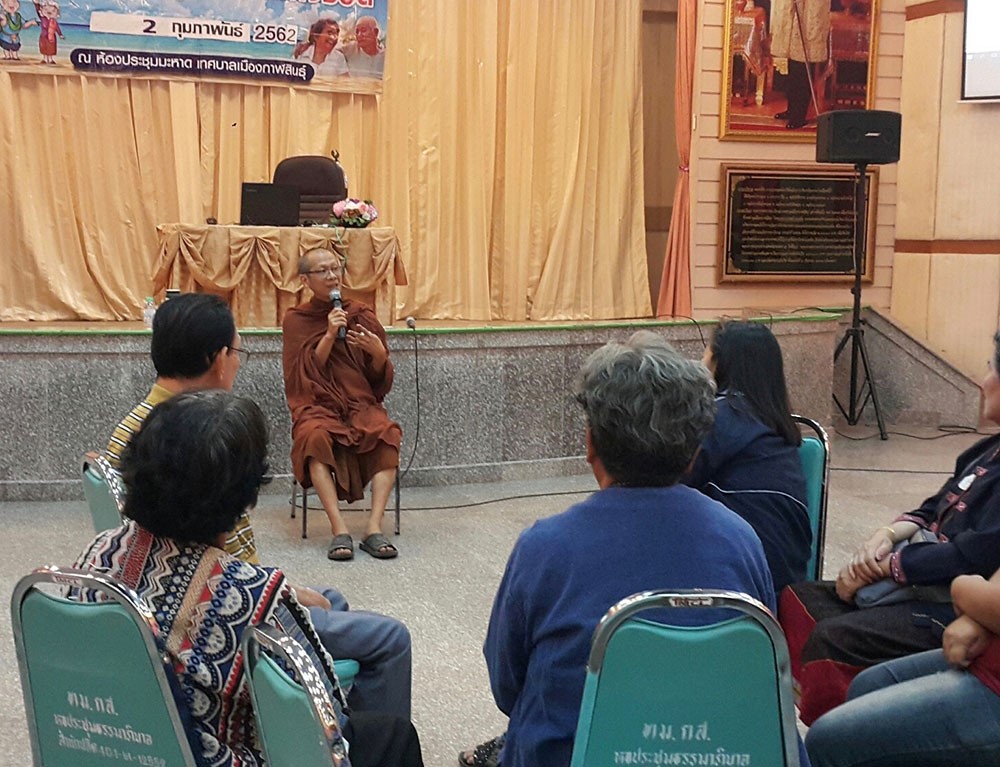
Life’s Golden Opportunity
Traditionally, a monk’s role is to run the temple sangha; they only take care of ceremonies related to death once the body of the deceased has been brought to the temple. However, in an age where society is in need of spiritual guidance, monks should step up to their new role in leaving the temple grounds and visiting patients at home and in hospitals.
“It’s an option that opens up the opportunity for monks to take on an active role,” says Phra Aekkhun. “We can give spiritual guidance and meditate with patients and families. It is a duty that should give us much more pride than reciting prayers at funerals, which is the last step. By then, the deceased is no longer conscious of anything.”
He then reflects on one of his hospital visits: “[The patient] had cancer, and was in a bad way. When I arrived, the nurse asked whether I was here to remove life support. I said no, that I was only here to give support. The patient’s hands were tied, and they were writhing in agony on the bed. I said their name, and told them that I knew that they were in pain. I asked them not to fight their pain, but to acknowledge and be with it, and not see it as an enemy. I invited them to meditate, and their writhing subsided. At first, it seemed like they wouldn’t live for longer than two days, but they actually stayed on for another 7-8 days.”
In addition to organising the usual funeral rites, monks expand their role to fostering an awareness of death among the relatives of the deceased.
“People who come to the temple usually have not dwelled on reconciling with and preparing for death. They just don’t give it much thought. When they come to make merit, it’s just that. So if I have the opportunity to do so, I won’t neglect to mention death, because they won’t be taught how to prepare for it anywhere else. Their parents won’t do it, and their teachers won’t do it either. So I slowly infuse it in all of the activities at the temple and during religious festivals.”
In an economic culture that is much changed from before, many people are overwhelmed with suffering from chronic and severe diseases. The time has come for monks, who have always been the spiritual bedrock for buddhists since antiquity, to fulfil the duties expected of them. They must provide spiritual guidance to organisations involved in end-of-life care and embrace learning and developing the vital skills mentioned in this article to truly “bring solace” to those they visit.
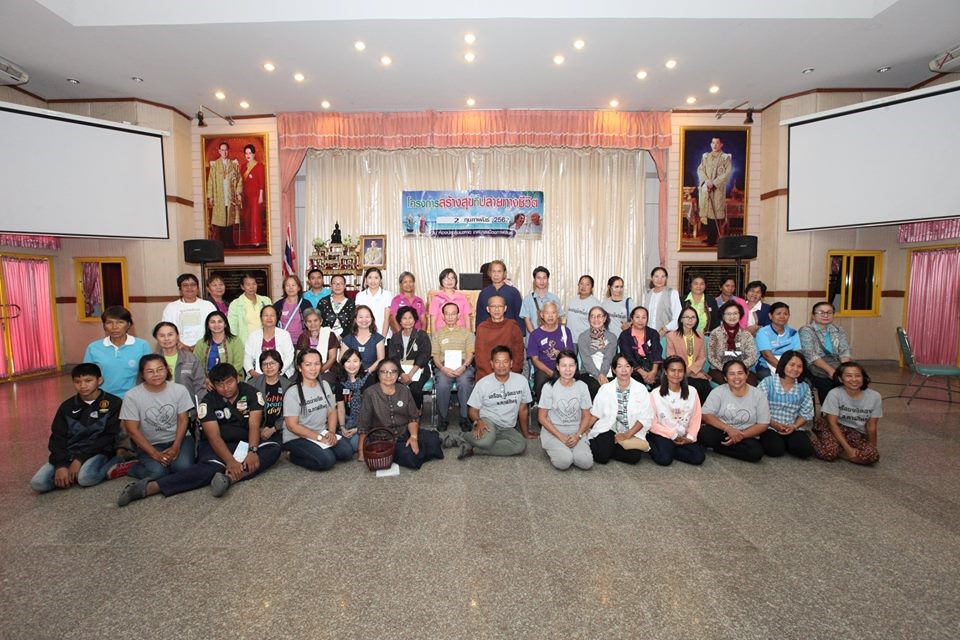
Monks’ Duties Caring for End-of-Life Patients
- Give support and encouragement The monk may give words of encouragement that alleviate various fears and anxieties, or recite buddhist scripture.
- Cultivate mindfulness and faith The monk can ground a patient in the present by asking them to reflect on different moments in their life where they had made merit. They can even encourage the patient to make merit on their bed through various means.
- Create opportunities to make merit. Giving offerings to monks is something that most patients are familiar with. To have a monk at their bedside is a treasured event that brings a lot of happiness and contentment to patients.
- Provide opportunities for patients to forgive/ ask for forgiveness/ absolve themselves of guilt A monk can remind patients that forgiveness is one of the highest virtues. If the situation is right, the people gathered can “ask for alms” from the patient and be forgiven. If those people are not present, they can be symbolically forgiven through the ritual of pouring water or by having the monk accept the words of forgiveness on behalf of the absent person.
- Read scriptures, lead meditation, bring the patient to a peaceful state of mind Encourage the patient to be in the present, and assuage their anxieties about the past and the future.
- Give spiritual guidance in the patient’s last moments of life Monks that have the requisite training and experience can ‘lead the way’ for the patient through prayers, recitations and the extension of loving kindness. In addition to helping the patient, these activities are also an opportunity for gathered family members to practice the dharma.
